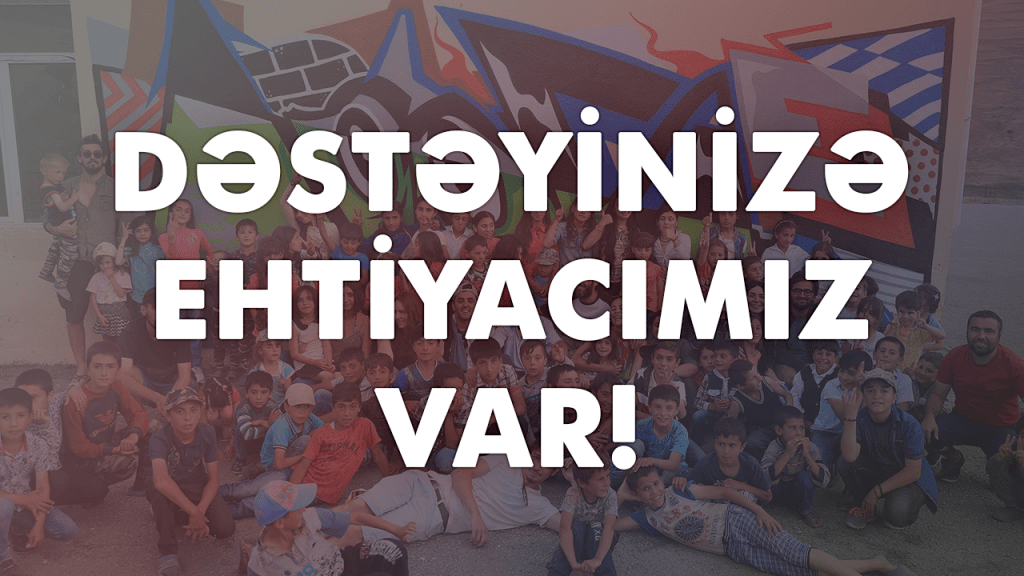Mischa Kuball – “Space”, “Speech”, “Speed”

As a result of Dusseldorf-based artist Mischa Kuball’s intervention in Kapellhaus, a neo gothic building located in the heart of Baku, it was recently turned into a mesmerizing universe that predisposes for reflections and appeasement. Less is more and minimalism is eloquently strong in Mischa Kuball’s works. The simplicity of the installation in its trinity: three projectors, three words “space”, “speech” and “speed” chosen carefully because of their Assonance engraved on each of three gobo glasses, three disco balls and completely darkened space – are the “secret” ingredients that unrecognizably transformed the space of Kapellhaus and invite visitors to explore its hidden corners. The unusual setting coupled with three Saturday evenings when otherwise silent installation was coupled with music by DJ Hazi, DJ Togrul and Dihaj group brought almost 1700
visitors in 25 days.
AS: In your artistic practice you work a lot with light and space. What comes first for you and how one influences the other?
MK: space as such does not exist for me – it always carries other components alongside the place, between walls, in the streets – most of the sites I visit as part of an intensive research will tell a story… this is my first entry point. Looking back on a 40 years art practice including a large number of site-specific-projects light has become an effective tool to operate in the urban structure – the way I work with the medium does at least ensure temporary social and political visibility. If it works well, my intervention will be part of the site narration and history – and may carry on in projects to come in the future.
AS: Music usually accompanies your works and is inseparable from perception of your art. There are some music bands – as Kreidler, Sølyst, Sunya Beat – that you collaborate with on a number of pieces such as ‘seven virtues’ include a sound piece by Sunya Beat and Harald Grosskopf and recently you also started taking professional lessons as a drummer. The light and sound installation res·o·nant currently on view at the Jewish Museum in Berlin is, however, slightly different from your usual practice as alongside 80 existing contributors who composed music specifically for the show, you also announced an open call and invited musicians all over the world
to contribute with their entries. What is the main reason of this open call? Was this experiment successful?
MK: in many ways it’s a new arena for me: such a large number of professional musician who accepted my personal invitation in the first place – John Zorn in NY was the first one – he replied after 4 min and agreed to participate – from there on I thought ‘yes, its possible…’ Roedelius, Stabil Elite, but also Ali Chacav from Teheran has joined this generous group of sound artist who send a 60seconds SKIT for res.o.nant. One has to know in Germany jewish Buildings – incl. the Jewish Museum are CCTV watched and police protected areas – so every visitor has to pass a personal scan – This control is unfortunately necessary due to the anti-Semitic notion in the country. But the sounds enter the amazing 24 Meters high concrete Voids by the architect Daniel Libeskind without control. So I thought art, sound art could enter the building and also us as human
resonanting bodies without access control. The project is still going on – the open call generates even more interest for artists to join the project.
AS: Is there any project you are particularly attached to? and if so, why?
MK: res.o.nant right now is taking our full attention – I have to admit since I collaborated with the project ‘Synagoge Stommeln’ nearby Cologne in Germany I had been confronted with aspects such as responsibility and political pressure, as I worked on ‘refraction house’ in 1994. I locked the entrance door and put strong blinding light sources behind the windows…
Looking back from now, I would rather say it changed my life – and – I kept in contact with the acting people of this project since then – Angelika Schallenberg is one of the co-founder and still running the project. We meet frequently to discuss the upcoming projects. Last year the Lebanon NY based artist Walid Raad was invited to the annual project.
AS: What was the most unusual space you showcased your work?
MK: I would like to mention three out of a long list – 1992 I could work with the famous Bauhaus Architecture in Dessau – former East Germany – the communist part. It has been the first art project in that building after the Nazi regim has shut down the school in 1993. In 1995 I could realize an installation work with rotating light projections in the 430 Meters long concrete hollow case of a Deutz suspension bridge – 5000 people visited this installation in one week – as theyentered this kind of structure, they had access to a very unique experience in Cologne. For the 24th Biennial in Sao Paulo, 1998, I could realize the project ‘private light/public light’. In fact I visited 72 Families all over the 25 million Megapolis and collected/changed their private lamp and shoed it at the Biennial building as ‘German contribution’ – I will never forget the experience to meet more than 500 people personally through this project.
AS: You’ve done interventions both in museum spaces and industrial settings. What do you find particularly challenging and most accommodation in each type of venues?
MK: Yes, true – but also true museums could also be hosted in post-industrial areas – both Museum and Industrial sites are a big challenge to me. Basically, I decide on each individual project.
AS: space–speech-speed light installation is your first show in Baku. What are the few words to describe it?
MK: irritating – fascinating – a new way to explore the space at Kapellhaus!
AS: How do you find Kapellhaus space for the purpose of space–speech-speed installation?
MK: the name ‘Kapellhaus’ already included sound in my mind – I am sure this sound related architecture is a perfect host for this soundless installation. The space comes into play – in all of my works – so the Kapellhaus changed the look of the installation. The work was first shown in 1998 at The Power Plant, Toronto, the thematic show was called ‘Threshold’; in 1999 the work has been purchased and on show at the Centre for International Light Art, Unna/Germany. The work has changed with technology: it started as a slide projector based installation – now we use if possible LED projectors and Gobo based technology. But I just did a Kodak Slide projector based version at the Museum of Contemporary Art in Perm/Russia.
AS: It is your second visit to Azerbaijan in a short period of time. Please, describe your impressions from Baku.
MK: Baku is pure energy – you feel how nature has spoiled the city – the sea, mountains, gas and oil has created a vivid history as a capital on the route of a silk road… I am glad to come back again for the project!
AS: What are you currently working on and where will be your next shows?
MK: res.o.nant is running till mid of 2019 – for this cooperation we need to invite musicians to perform live at the site – as well as performers and arranging talks – to work at the Jewish Museum Berlin is not making a show, but a commitment. As you know, I also work on a project for a mosque.
AS: This is always a big honor and responsibility to bring contemporary art into a religious space. You should be particularly proud of this achievement.




